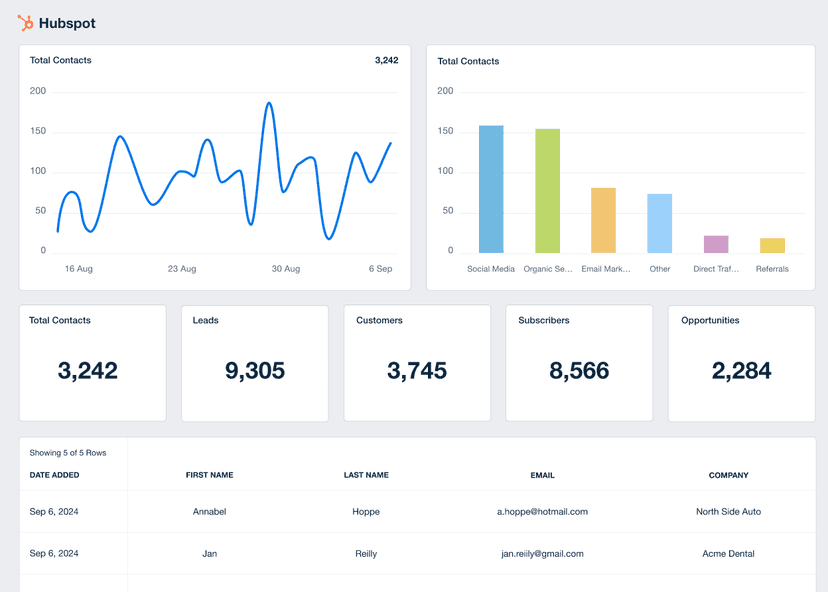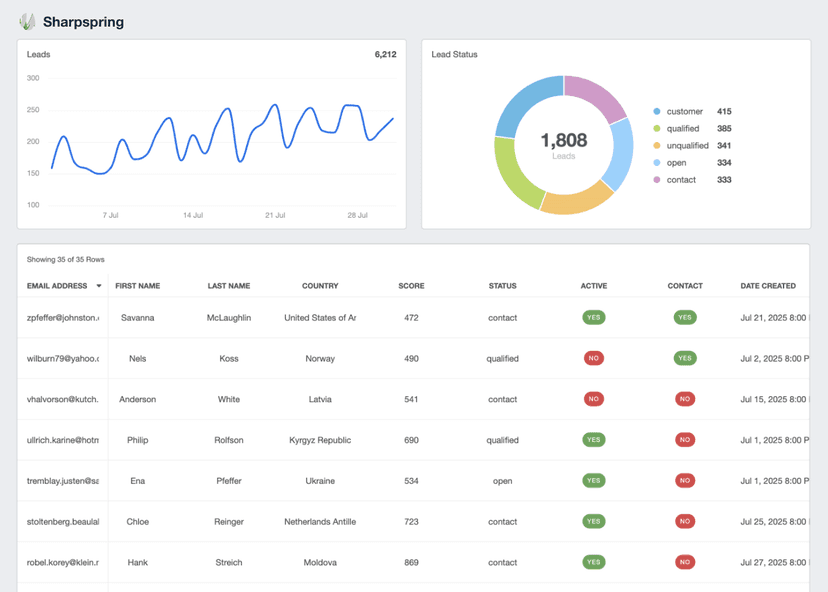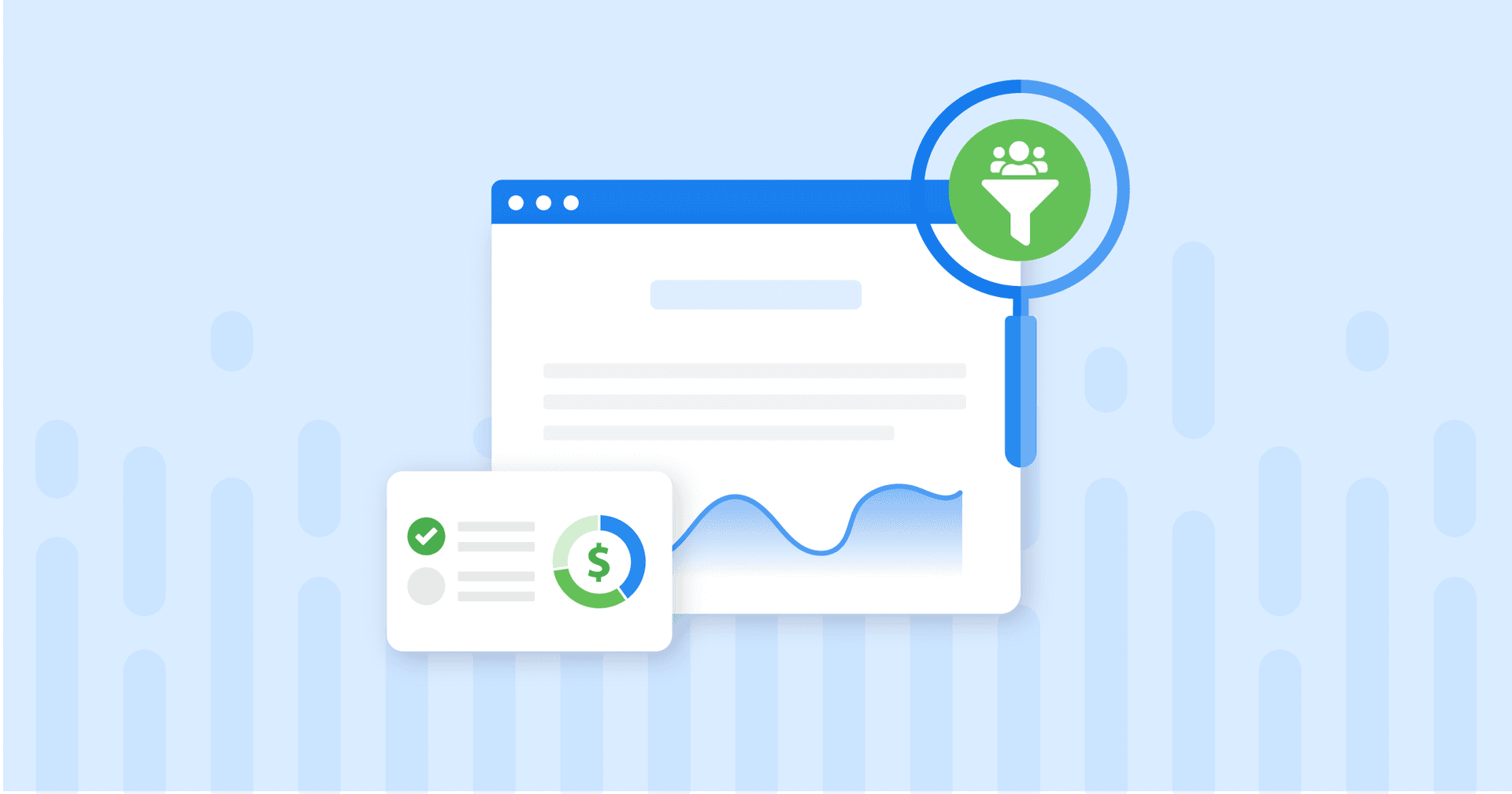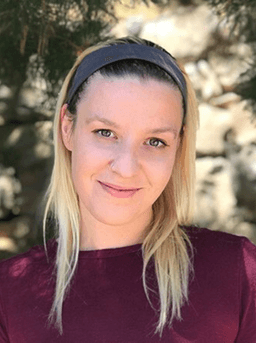Marketing Qualified Lead (MQL)
Resource Focus
Allocate effort and budget on high-value MQLs for maximum ROI.
Content Targeting
Create content that directly addresses MQL needs and interests.
Smart Retargeting
Use MQL data for focused retargeting to re-engage valuable leads.
Client Reports
MQL metrics succinctly validate campaign effectiveness.
The Importance of Tracking Marketing Qualified Leads
Keeping tabs on Marketing Qualified Leads (MQLs) is a must for any serious marketing strategy. Identifying MQLs allows businesses to focus their marketing and sales team efforts more effectively, making the best use of time and budget. The payoff? Higher conversion rates and improved ROI without running in circles.
But that's not all. MQLs serve as a vital health check for any ongoing campaign. A steady or rising number of MQLs suggests the marketing message is hitting its mark.
Conversely, a dip in MQLs serves as an early warning sign, indicating it might be time to pivot or make strategy tweaks. In short, tracking MQLs is not just smart; it's essential for success.

Stop Wasting Time on Manual Reports... Get Insights Faster With AgencyAnalytics
How Marketing Qualified Lead Metrics Interact With Other KPIs
Marketing Qualified Leads are one step further down the conversion path than early-stage leads. MQLs signal interest and engagement, but on the other hand, lead scoring, Sales Qualified Leads data, and Conversion Rates quantify how many MQLs are moving down the conversion pipeline.
Average Order Value (AOV) is another crucial factor to consider. The more these leads are likely to spend when they become customers, the more agencies invest to fill the lead pipeline.
Armed with this data, marketing teams set a realistic Cost per Lead, helping to create precise budget allocation and ensuring that the money spent on acquiring each lead is proportionate to the value that the lead is expected to bring.
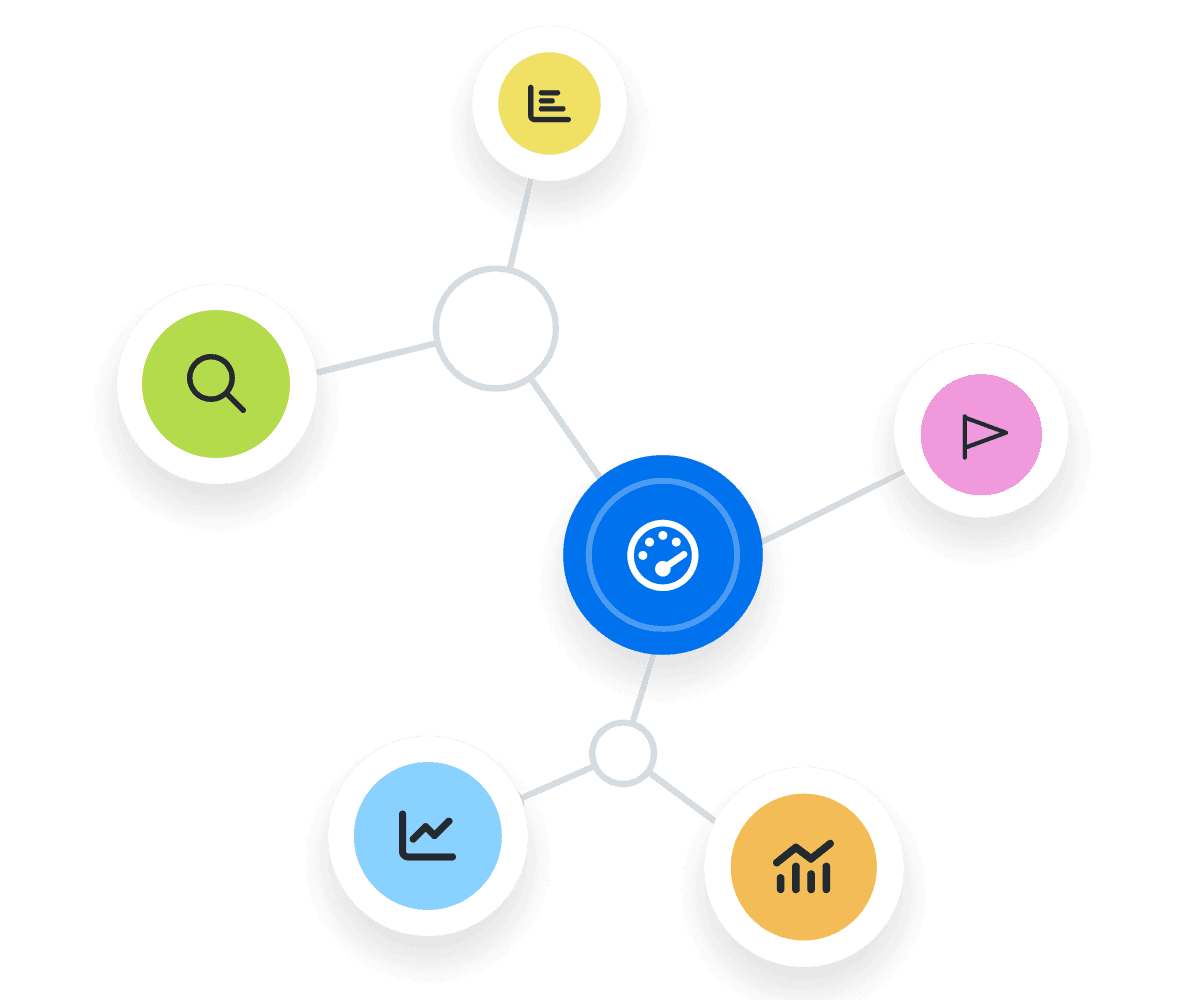
Measuring MQLs
Identifying a Marketing Qualified Lead (MQL) often requires collaboration between marketing and sales teams. Specific actions or triggers, often tied to interactions with marketing assets, serve as the yardstick. For instance, downloading a whitepaper might count as a Marketing Qualified Lead action. Once these actions are tallied and evaluated, sales teams work in tandem with marketing to prioritize these MQLs for further outreach by sales reps.
MQL Target Formula Example
How To Set MQL Goals
First, determine the total revenue goal. Say it's $100,000. Then, look at the Average Order Value (AOV); if it's $100, the agency needs 1,000 customers to reach the revenue objective.
But we're not done. Factor in the MQL to Customer conversion rate to determine the required pool of MQLs. If a modest 5% of MQLs convert to paying customers, the agency needs a starting pool of 20,000 MQLs.
The beauty of this formula is its flexibility. Various levers adjust the number of MQLs needed. For instance, improving the MQL to Customer conversion rate or increasing the AOV will reduce the total MQLs required to hit the revenue goal.
If the conversion rate increases, fewer MQLs are needed to convert into actual customers. Similarly, a higher AOV means each customer brings in more revenue, reducing the number of total customers (and–by extension–MQLs) needed.
To set effective MQL goals, start with the revenue target for the business. This isn't about guesswork; it's a calculated maneuver that begins at the end goal and works backward.
Let's revisit the example with new variables. This time, imagine an AOV of $250 and an MQL to Customer conversion rate of 14%. The target revenue remains $100,000. Now, the agency would need only 400 customers to hit the revenue target. With a 14% conversion rate, that boils down to approximately 2,857 MQLs.
Why Marketing Qualified Leads Matter to Clients
For clients, the Marketing Qualified Lead metric is like a crystal ball for revenue. It's about weeding out tire-kickers and zeroing in on leads with a real appetite for the product or service. These leads have interacted with a brand beyond the surface level, indicating serious interest, from clicking on an email link to filling out a contact form.
MQLs represent potential future revenue. For a client, having a high number of MQLs is an early sign of a successful marketing campaign. They’re the leads worth allocating resources to for conversion into sales.

Why Marketing Qualified Leads Matter to Agencies
Agencies look at Marketing Qualified Leads as the bread and butter of their strategic focus. Not all leads are created equal, and MQLs prove it. Agencies use MQLs to measure campaign effectiveness; it shows they're not just casting a wide net but actually hooking in the fish worth frying.
Each MQL affirms a well-executed strategy, from targeting to messaging. They demonstrate that the agency attracts attention and cultivates interest to the point of near-conversion. A high MQL count signifies that the agency's marketing engine isn't just revving but gaining speed.

Turn Data Chaos into Client Success Stories with AgencyAnalytics.
Best Practices When Analyzing and Reporting on Marketing Qualified Leads
Analyzing Marketing Qualified Leads (MQLs) sets the foundation for honing effective campaigns. A comprehensive review looks at several factors: lead volume, lead quality, Conversion Rates, and Average Order Value (AOV).
Analyze Marketing Qualified Leads Over Time
Look at MQLs as a timeline. A week-by-week or month-by-month evaluation reveals patterns. Was there a sudden surge in MQLs after a particular campaign launch? Maybe there's a decline during certain seasons. This time-bound insight is critical for forecasting, enabling more precise budget allocation and pinpointing optimal campaign lengths.
Compare Marketing Qualified Leads Across Channels
Different channels—think social media, email, or PPC—will deliver varying types and numbers of MQLs. By analyzing channel-specific data, it becomes easier to allocate resources wisely. This way, each channel is tailored to generate more “likely to convert” leads. It's about putting the right bait on the right fishing rod.
Measure Marketing Qualified Leads Across Campaigns
Multiple campaigns run in parallel or in sequence. Understanding how each contributes to MQLs helps identify the most effective campaign elements. Is it the messaging, the targeting, or perhaps the incentives that make one campaign outshine another? Finding the X factor in successful campaigns makes future efforts less of a gamble.
Why Context Matters
Reporting MQLs in isolation is like telling someone the score of a game without mentioning who's playing. Metrics such as Customer Lifetime Value (CLV) and Cost per Lead (CPL) often directly correlate with MQL performance. Show clients how an uptick in MQLs leads to reduced CPL or how a refined targeting strategy enhances lead quality.
The Power of Visualization
Graphs, charts, and timelines turn data into digestible information. Visuals quickly convey trends, comparative performance, and goal alignment. Instead of a client puzzling over spreadsheets, a clear visual instantly shows that the number of MQLs has consistently exceeded targets. The idea is to make data not just accessible but immediately insightful.
Linking to Client Goals
Every client has unique objectives, whether boosting online sales or increasing brand awareness. Illustrate to them how MQLs are a pivotal element in reaching these goals. For example, if the client's target is revenue growth, show how MQLs feed into the sales funnel and ultimately contribute to revenue. A report should be more than just an update; it should be a progress marker on the road to client objectives.
Salesforce Dashboard Example

Related Integrations
Elevate MQL Quantity and Quality
Knowing the ins and outs of Marketing Qualified Leads paves the way for improved campaigns and better outcomes for sales and marketing teams. Here are three actionable tips to elevate the MQL game.
Refine Targeting
Revisit audience personas and adapt targeting based on previous MQL data. Tailoring messages for specific demographics leads to higher-quality prospects.
Optimize Content
High-value content captivates potential leads. Use engaging videos, blog posts, or infographics to increase interest and boost MQL numbers.
Assess Lead Sources
Identify the channels delivering the most qualified leads. Allocate resources to optimize these platforms for a higher MQL yield.
Related Blog Posts
See how 7,000+ marketing agencies help clients win
Free 14-day trial. No credit card required.

